EU declaration conformity
Fan speed controller 400 V | day-night function | 4 A
Product description
This is a two-speed controller designed for 400V AC motors with a maximum combined current of 4 A. It comes with two independent 5-step switches for selecting between two distinct fan speeds. A dry contact input lets you switch between the two speeds while the motor is active.
The controller's thermal contact (TK) monitoring feature automatically shuts down the motor if it overheats. In the event of a power failure, the motor will automatically restart once power is restored.
Fan speed is regulated by autotransformers, which reduce the motor voltage. This process creates a perfect sinusoidal output voltage, ensuring the motor operates quietly. The unit also includes alarm and unregulated outputs that can control external devices to generate alerts or confirm normal operation.
The controller's enclosure is surface-mountable and has an IP54 rating, protecting it from dirt, dust, and moisture.
Documents
Additional specifications and description
What makes the SC2A4 series unique?
This feature allows users to establish different fan speed settings, such as one for day operation and another for night operation or to adapt to varying operating conditions.
Due to this function, the SC2A4 series enables energy savings and increased comfort. Users can adjust the fan speed based on specific requirements, ensuring that the fan operates at the most energy-efficient level for different periods or conditions.
The knob-based selection of fan speeds on the enclosure makes the SC2A4 series user-friendly and straightforward to operate, allowing for quick adjustments as needed. What is more, wiring is intuitive and simple!

How to properly wire a three-phase fan motor?
When connecting a three-phase fan motor, it is crucial to follow specific instructions to ensure safe and proper connections.
Firstly, identify the motor leads. Three-phase motors typically have six leads labeled as U, V, and W, representing the three phases. These leads serve as the motor outputs, while the controller is powered using the R, S, and T terminals.
Secondly, determine the appropriate wiring configuration. Refer to the motor nameplate or specifications to find the voltage rating of the motor. Ensure that it matches the available power supply voltage. Based on the motor voltage and the available power supply, you may need to wire the motor in either a delta (Δ) or wye (Y) configuration. The motor nameplate or manufacturer's documentation should provide instructions for the suitable wiring configuration for your specific motor model.
last, but not least, ensure proper grounding. Three-phase motors require proper grounding for safety purposes. Follow the grounding guidelines specified by local electrical codes to ensure a safe installation.
By following these guidelines, you can ensure that the wiring for your three-phase fan motor is done correctly, leading to safe and efficient operation.
What are the key features of the SC2A4 series?
Selection of two optimal speeds: The controller includes two separate 5-step rotary switches that allow you to select two optimal fan speeds. These speeds can be
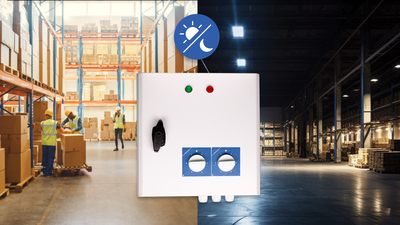 customized for different scenarios, such as high speed during the day and low speed during the night. This enables energy efficiency and tailored fan performance based on specific requirements.
customized for different scenarios, such as high speed during the day and low speed during the night. This enables energy efficiency and tailored fan performance based on specific requirements.Dry contact input for speed switching: The controller utilizes a dry contact input to switch between the selected fan speeds while the motor is active. For example, an external clock can trigger the switch to high speed during the day and low speed during the night. This enables automated control and flexibility in adjusting fan speeds based on external triggers.
Remote ON/OFF: The fan motor can be remotely enabled or disabled using two inputs: normally open and normally closed. Connecting a remote switch to the normally open input allows remote control of motor activation and deactivation. Similarly, a smoke alarm connected to the normally closed input will automatically disable the motor in the event of a smoke alarm event. This provides convenient and flexible control of the fan motor from a distance.
Unregulated output for external devices: The controller features an additional unregulated output (single phase, 230 VAC) that becomes active when the motor is enabled. This output can be utilized to control external devices, such as operation indicators or dampers. For example, when the fan motor is deactivated, the damper can be closed, and when the fan motor is active, the damper can be opened. This allows coordinated control of associated equipment based on the fan motor status.
Thermal motor protection contacts: The controller can monitor thermal motor contacts (TK) that measure the temperature in the motor windings. If the motor overheats, the TK monitoring function will disable the motor to prevent damage. In cases where the motor lacks TK contacts, the controller's TK terminals must be bridged to simulate normal motor temperature. This ensures motor safety and prevents overheating-related issues.
Alarm output: In case of motor problems, such as overheating, an alarm output (230 VAC) is activated. This output can generate alerts or control warning indications, allowing prompt detection and response to motor issues. If the motor overheats, the TK monitoring function will disable the motor to prevent further damage.
Auto reset after power failure: In the event of a power failure, the controller has an automatic reset feature. When power is restored, the controller will reset itself, and the fan motor will restart automatically. This ensures seamless operation and eliminates the need for manual intervention after power disruptions.

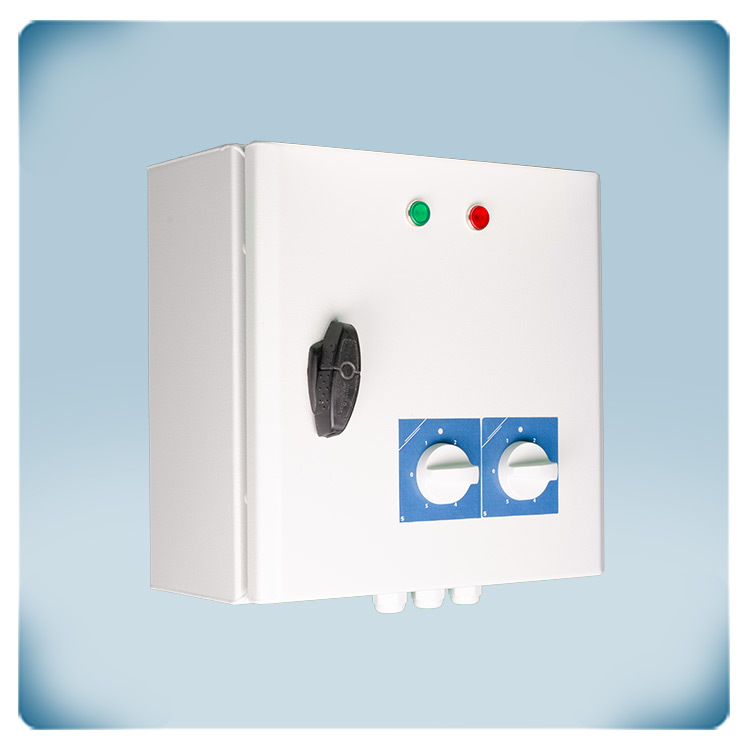
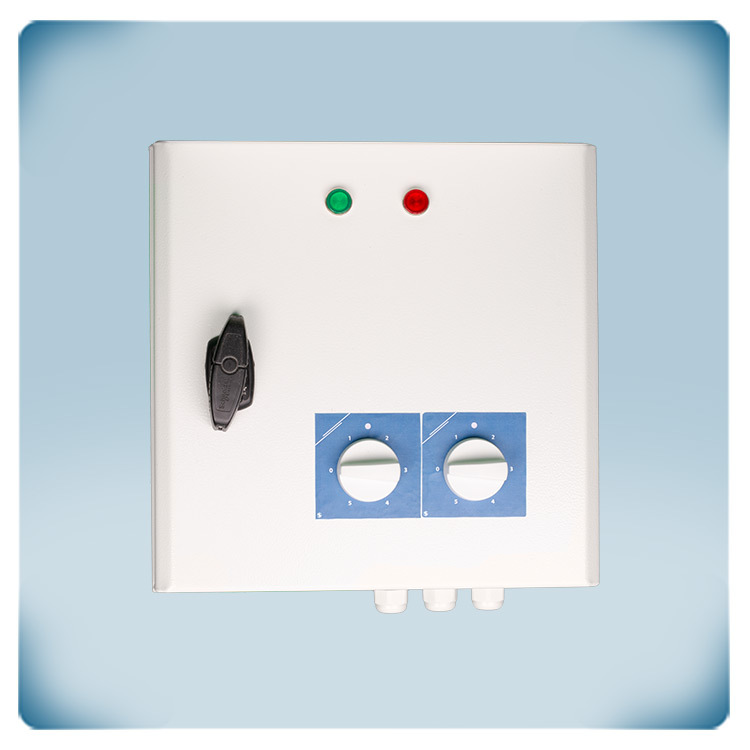
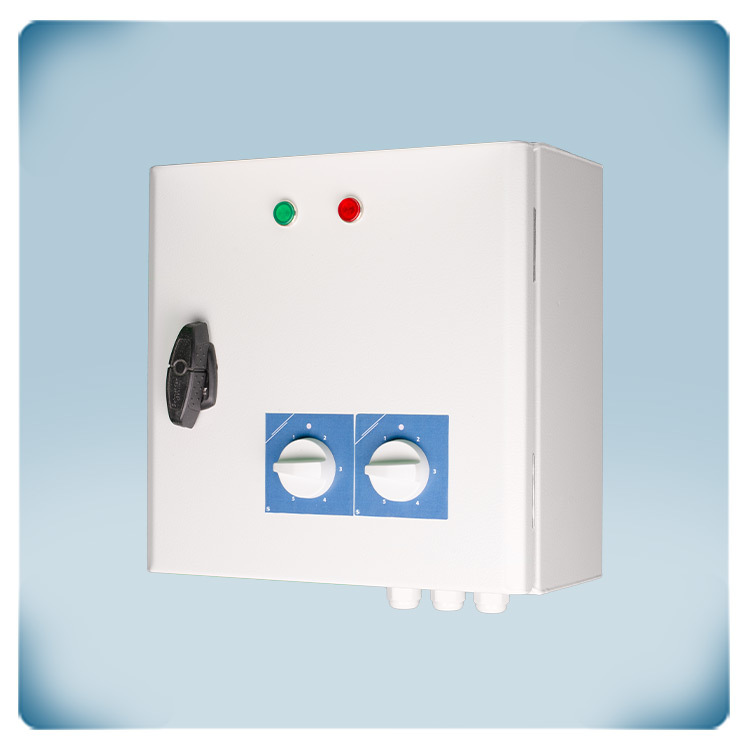
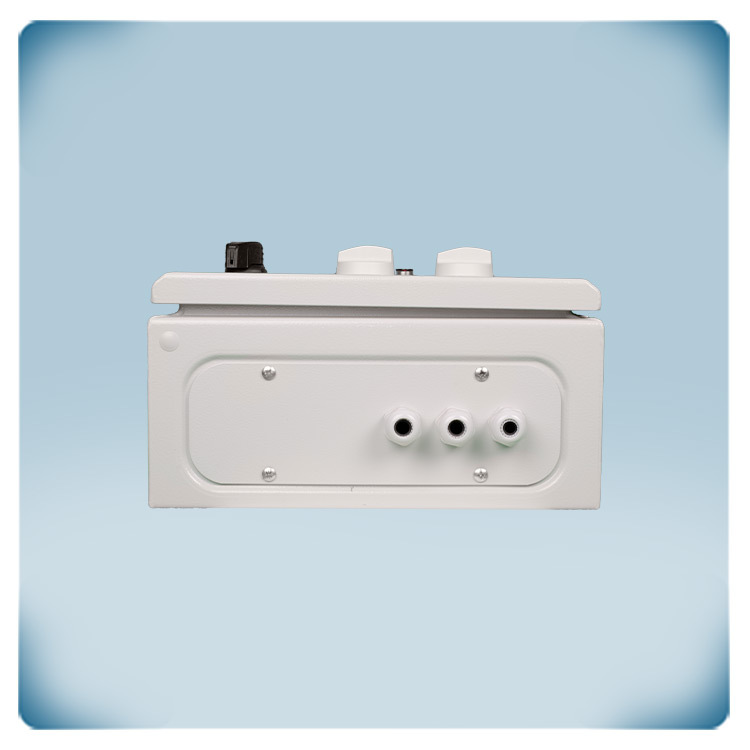
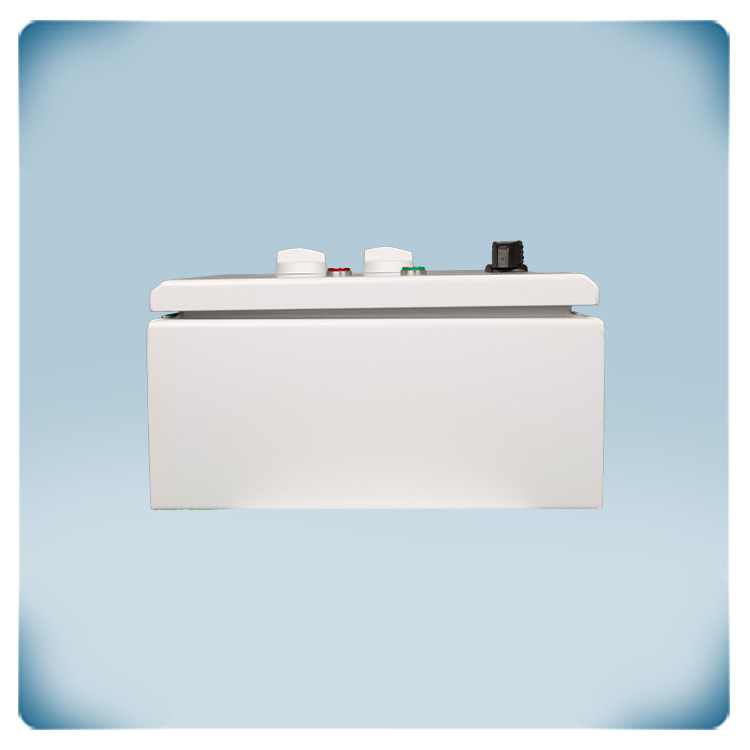

.webp)
.webp)
.webp)
.webp)
.webp)
.webp)
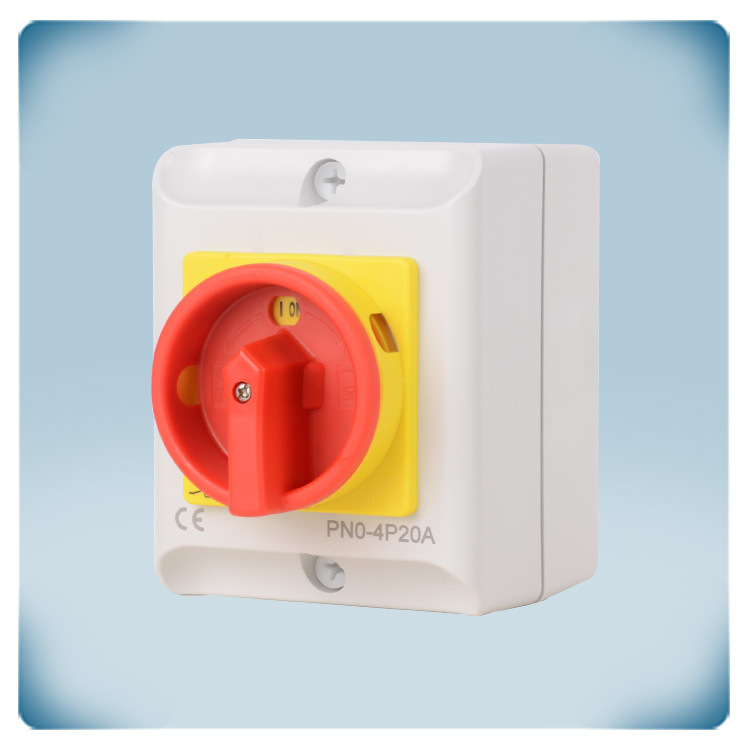
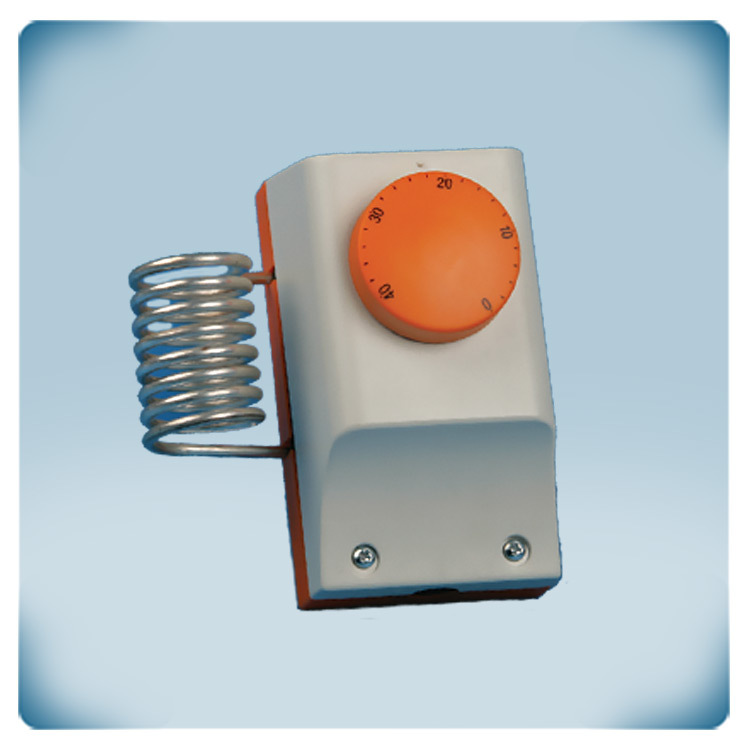
Remarks, reviews & ratings